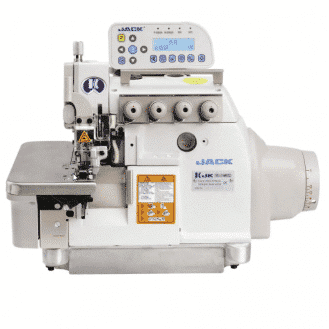
IMCAR hydraulic bending machine
To choose the most suitable bending machine for a given application, you must first determine whether it will be used for tubes, bars, or profiles.
Next, you need to take into account the dimensions of the part you will be bending, i.e. the diameter and thickness of the tube, or the height and width of the bar. With these elements, you can determine the right dimensions for the rollers, the distance between them, and the size of the bending machine you need.
You also need to know the minimum bending radius and the bending angle you want to achieve. As a general rule, the minimum bending radius of a tube is 2.5 times its outside diameter, and the minimum bending radius of a bar is 3 times its cross-section. To choose the parameters of your bending machine, you need to know the bending angles you want to achieve. For example, if you choose a bending machine with rollers, it will take several cycles to obtain bending angles greater than 90°.
Of course, you also need to take into account the characteristics of the material to be bent, such as its tensile strength and elongation.









